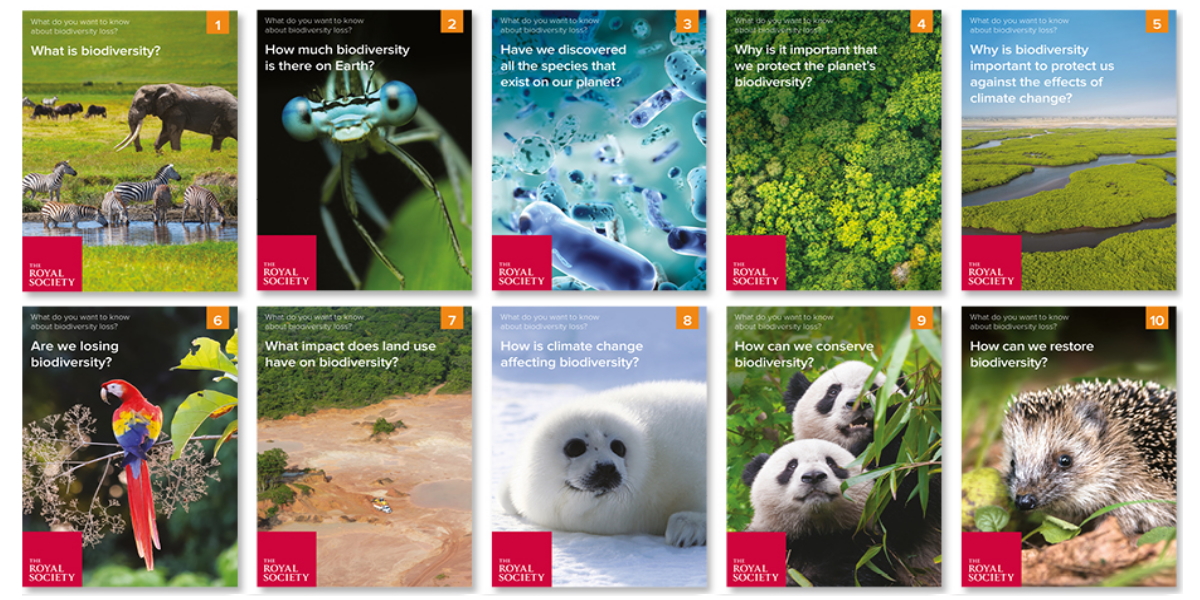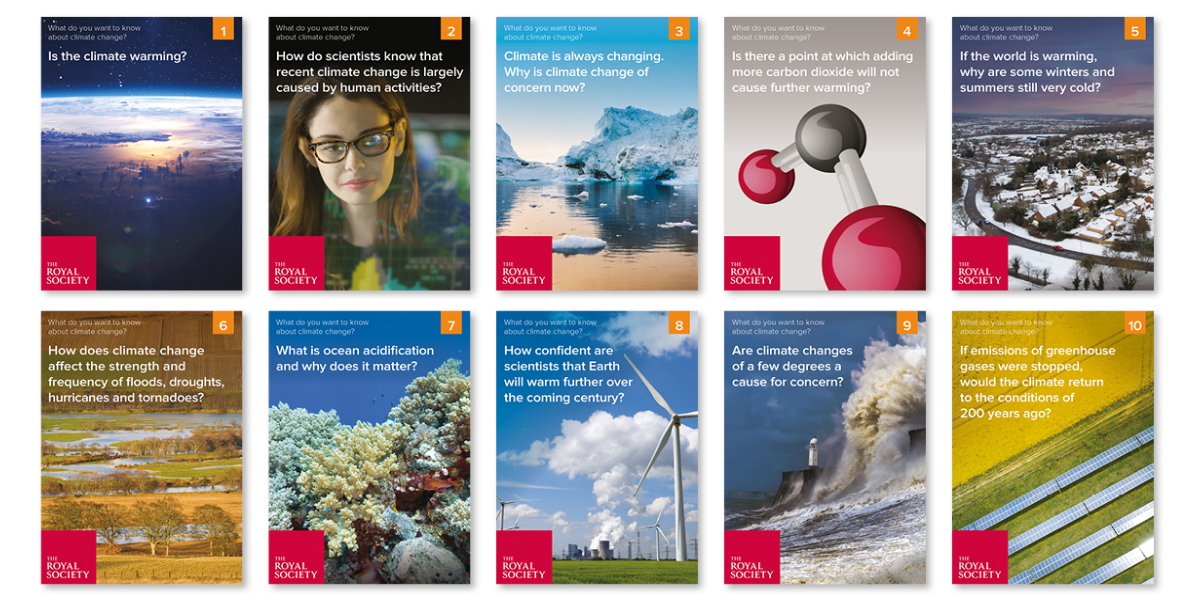Filters
Clear allSubject
- Careers (59) Apply Careers filter
- Climate Change (12) Apply Climate Change filter
- Computing (23) Apply Computing filter
- Creative arts and media (1) Apply Creative arts and media filter
- Cross curricular (29) Apply Cross curricular filter
- Design and technology (200) Apply Design and technology filter
- Engineering (111) Apply Engineering filter
- Food Preparation and Nutrition (9) Apply Food Preparation and Nutrition filter
- Leadership (2) Apply Leadership filter
- Mathematics (100) Apply Mathematics filter
- Personal development (1) Apply Personal development filter
- Psychology (4) Apply Psychology filter
- Space (2) Apply Space filter
- STEM Ambassadors (4) Apply STEM Ambassadors filter
- STEM Clubs (5) Apply STEM Clubs filter
Age range
Type
- Activity sheet (587) Apply Activity sheet filter
- Article (15) Apply Article filter
- Assessment (11) Apply Assessment filter
- Audio (1) Apply Audio filter
- Data set (8) Apply Data set filter
- Demonstration (12) Apply Demonstration filter
- Diagram (1) Apply Diagram filter
- Experiment (135) Apply Experiment filter
- Game (9) Apply Game filter
- Group work (33) Apply Group work filter
- Image (28) Apply Image filter
- Information sheet (110) Apply Information sheet filter
- Interactive resource (36) Apply Interactive resource filter
- Open-ended task (4) Apply Open-ended task filter
- Poster (16) Apply Poster filter
- Presentation (201) Apply Presentation filter
- Quiz (6) Apply Quiz filter
- Research (25) Apply Research filter
- Self assessment (4) Apply Self assessment filter
- (-) Remove Teacher guidance filter Teacher guidance
- Textbook (67) Apply Textbook filter
- Video (160) Apply Video filter
- Include Physical Resources (0) Apply Include Physical Resources filter
Showing 1293 results
Does light behave like a wave, a stream of particles or both? Scientists at the University of Oxford are taking advantage of the particle-wave duality of light to carry out work developing exciting new technologies.
...
This physics extension module from the Salters’ Science course covers the action of sensors and amplifiers in electronic systems. Potential dividers are studied as a way of supplying different voltages. The action of light dependent resistors and thermistors in...
Work done in this Nuffield 13 - 16 module followed from the S unit called ‘Cars on the move’. This X unit provided enough material for eight double periods. It could be selected to complete either a Science or a Further Science course. The teachers’ guide included seven...
Produced by the Wellcome Trust, these resources include an interactive evolutionary tree and a video of the Tree of Life. These materials will help students to find out more about the work of Charles Darwin and evolution. The resources contain:
Tree of life video: The video is a short...
This short activity introduces students to the ideas of the footprint and resolution of an image, asking them to choose and use appropriate methods to calculate how these quantities would change as they moved a camera to a series of vantage points above the surface of the Earth
Work done in this Nuffield 13 - 16 module followed from the unit called ‘Food and digestion’. This B unit provided enough material for six double periods in the third year of secondary school (year nine). The teachers’ guide included four worksheets to supplement the...
This activity uses a humorous video to raise a serious question: can science tell us what animals are saying, and interpret their emotions? The Bow-lingual dog translator claims to detect animal emotions by analysing bark sounds waves. Students use research evidence to decide whether the device does what it claims...
This activity, from the Institution of Engineering and Technology (IET), provides an opportunity to assess students understanding of remote surgery.
It is intended that students will:
• Understand what remote...

These evidence-based, question and answer style classroom resources can be used to engage students of all ages...

These evidence-based, question and answer style classroom resources can be used to engage students in the climate...
Students investigate why some plastic cups collapse when filled with hot water and some don't. They compare the effect of hot water on a range of cups and relate their findings to the properties of the plasticsused for each cup: whether it is biodegradable or not, its melting...
This is a simple comprehension activity for students to consider the main features of cystic fibrosis (CF), the recessive pattern of inheritance, carriers and screening. The student worksheets provide a clear diagram of the function of the CFTR protein, which forms a...
This comprehension activity, from Genetic Disorders UK, looks at the main features of Huntington’s disease (HD) and how it affects the brain. Students consider Huntington’s disease as a progressive neurodegenerative disease and the issues surrounding genetic testing for...
This resource, from the Royal Observatory Greenwich, introduces students to how our understanding of gravity has changed over time, and what this means for the gravitational field strength of different bodies in our galaxy.
...
